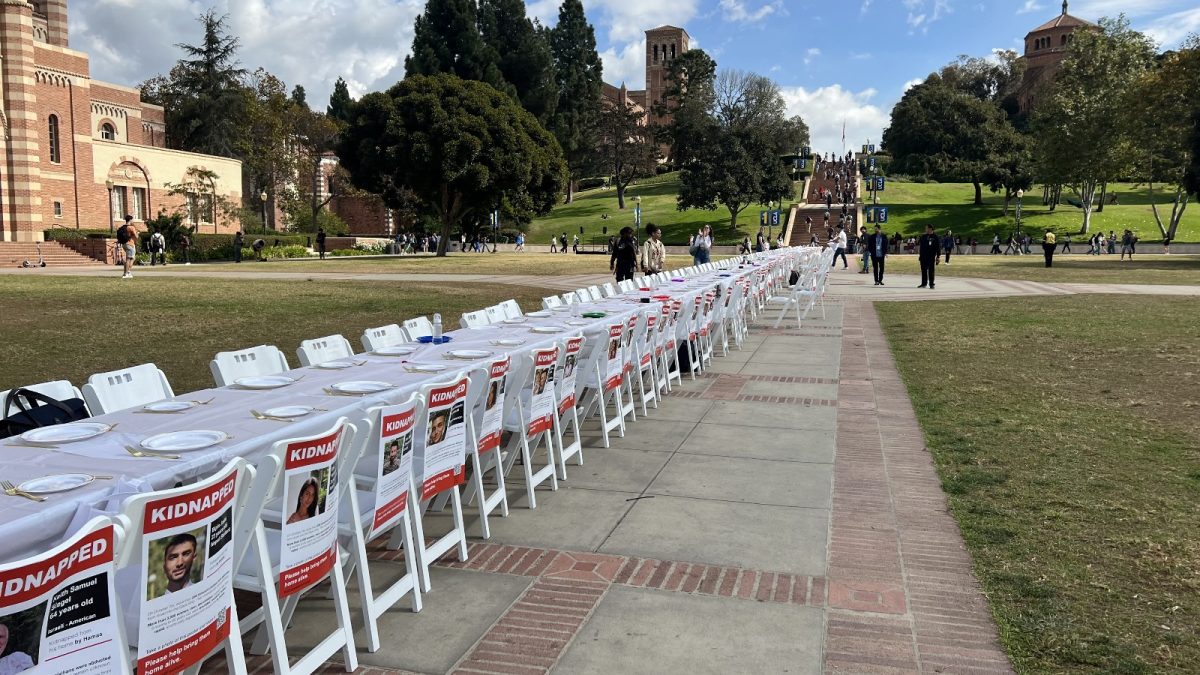A magnitude 4.5 earthquake rocked southern New Zealand on Aug. 25, and U researchers now better understand why.
A U study shows how water deep underground helps subduction zones mature into seismic zones, which can generate powerful earthquakes.
“It hasn’t been on people’s minds that fluid-generating processes way out of sight reach up and cause damage right under our feet,” said Phil Wannamaker, the study’s main author and a U geophysicist.
New Zealand has some of the world’s youngest subduction zones, so that’s where U scientists decided to study whether water helps create earthquakes.
To test this hypothesis, U scientists essentially X-rayed the Earth’s interior. Once the magnetic waves enter the earth, they travel at variable rates depending on the type of rock or minerals through which they pass. The patterns found were assembled to create an image of the Earth’s crust and upper mantle along New Zealand’s southern island. Their findings revealed large amounts of water, which suggests deformation in the crust above it, helping to create earthquakes.
“It expands our understanding of the sources of earthquake failure,” Wannamaker said.
The main role the water plays is to weaken the rock. Stress thrusts pre-existing faults into an earthquake.
A $395,000 grant from the National Science Foundation financed the U study. Additional funding came from Japan and the New Zealand Foundation for Research. Wannamaker estimated the total study cost $600,000.
New Zealand is one of the most active spots in the world for old and young subduction zones, according to the USGS.
“There’s a diverse range of stages represented in New Zealand, and it’s not so big of a place that you can’t get your arms around it with a practical study,” Wannamaker said. “It is definitely a seismically active area.”











